
Social Security has been a key part of the American retirement system for decades, providing reliable income to millions of retirees, survivors, and individuals with disabilities. However, concerns about its future solvency are growing. The Social Security Board of Trustees has projected that by 2035, the program will only be able to pay about 75% of scheduled benefits unless significant changes are made. This shortfall is not a sudden crisis but rather the result of long-standing demographic shifts and economic factors.
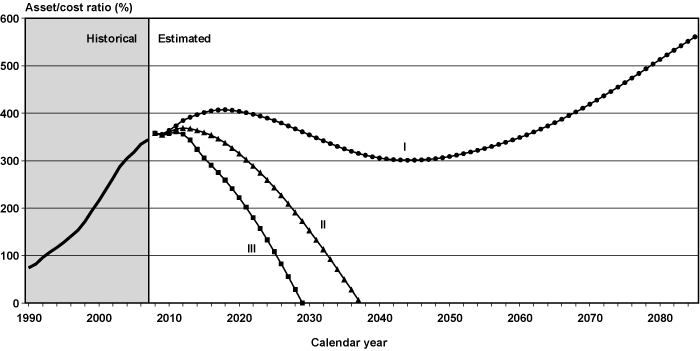
When people talk about Social Security’s solvency, they are referring to the program’s ability to pay full benefits on time. While Social Security is currently solvent, projections show that by 2035, trust fund reserves will be exhausted if no reforms are made. At that point, the taxes collected from workers will only cover about three-quarters of scheduled benefits. The underlying cause of this shortfall is demographic. Over the past several decades, birth rates have fallen from an average of three children per woman to just two. This means there are fewer workers supporting a growing number of retirees. Importantly, this shortfall is projected to stabilize after 2035, meaning that with some adjustments to payroll taxes or benefits, Social Security could be put back on a sustainable path for future generations.
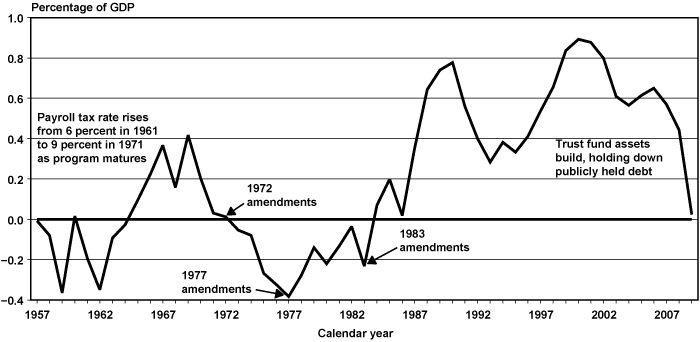
The problem at its core is the shrinking ratio of workers to retirees. In past decades, about 3.3 workers supported each beneficiary, but by 2035, this will shrink to just two workers per beneficiary. As more of the large baby boomer generation retires and birth rates remain low, the financial burden on current workers increases. In fact, by 2035, if no action is taken, future retirees will see an automatic 25% cut in their benefits, receiving only 75% of what they were promised.
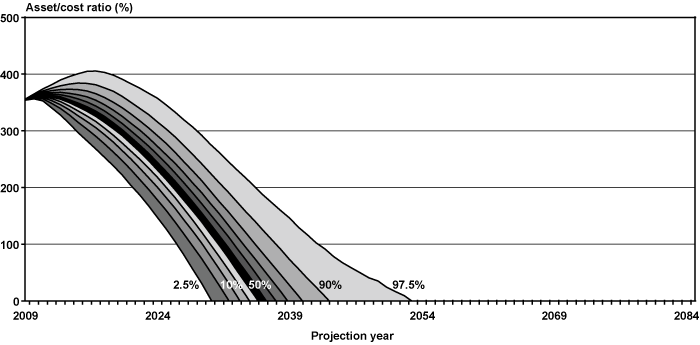
History shows that Social Security has weathered challenges before. Significant reforms were made in 1983, including raising the retirement age and taxing some Social Security benefits. These changes extended the solvency of the trust fund, but even then, it was clear that more adjustments would eventually be needed. The program is unique in that it operates on a “pay-as-you-go” basis, meaning that current workers’ payroll taxes fund the benefits of current retirees. Trust fund reserves are only used when tax revenue falls short.
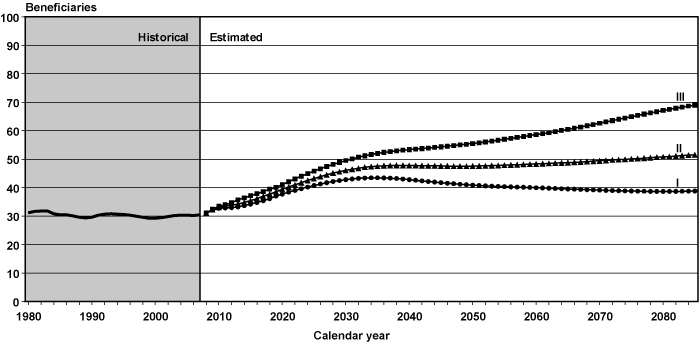
The growing shortfall in Social Security funding is largely due to the aging population. While life expectancy has increased, the main issue is that there are fewer workers contributing to the system. The population is aging rapidly, and the number of beneficiaries is rising faster than the number of workers. This shift is permanent, caused not just by the large baby boomer generation but also by the lower birth rates that followed. The cost of Social Security will continue to rise until the worker-to-beneficiary ratio stabilizes after 2035.
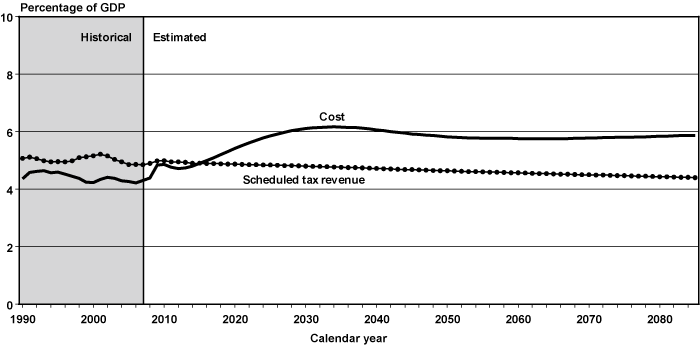
Fixing this issue will require action. Congress could raise payroll taxes to bring in more revenue, reduce future benefits, or implement a combination of these approaches. One solution could be increasing the retirement age beyond 67, reflecting the fact that people are living longer. Another approach might involve modifying the payroll tax cap so that higher earners contribute more. However, finding the right balance between maintaining benefits and ensuring the program’s financial health is key.
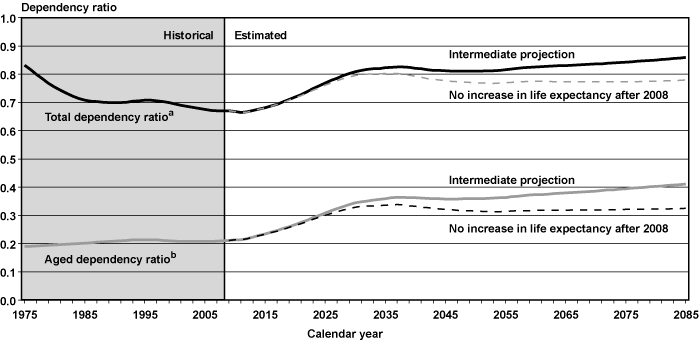
Though the challenge seems significant, it is not insurmountable. Social Security has been adapted before to meet the needs of changing generations, and it will continue to do so. The important thing is for policymakers to act soon to ensure that future generations of retirees receive the benefits they depend on. Social Security will remain a vital part of Americans’ financial security for decades to come, provided thoughtful reforms are made to secure its future solvency.
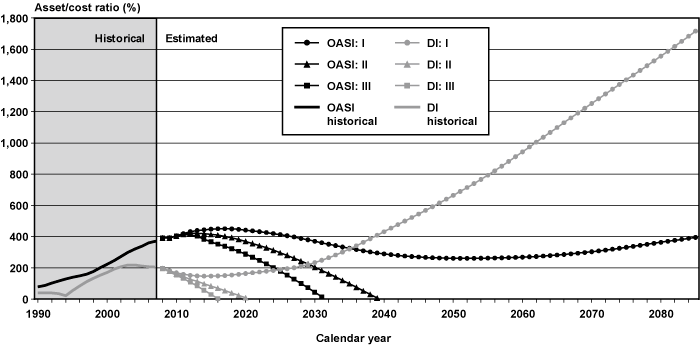
The continued success of Social Security depends on addressing the imbalance between its income and costs. With careful planning and timely action, the program will continue to provide support for retirees, as it has done for nearly 90 years.






